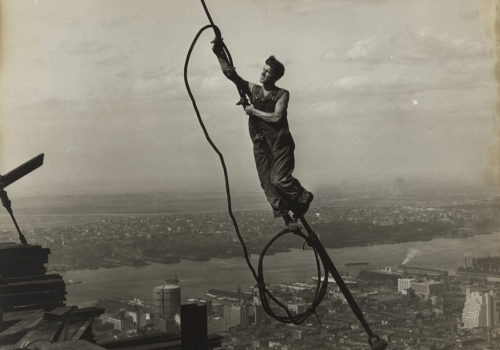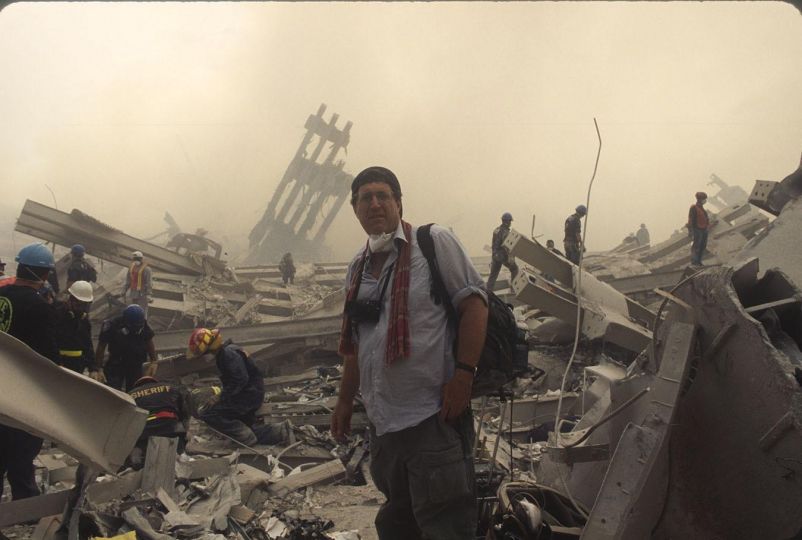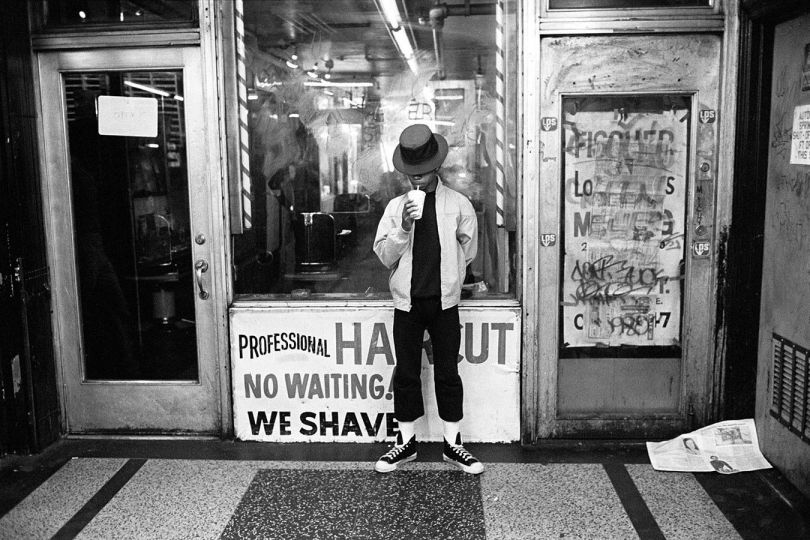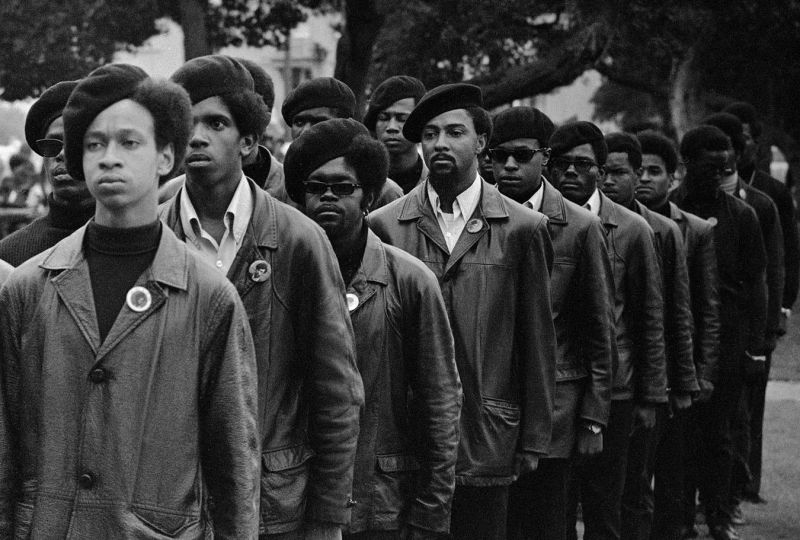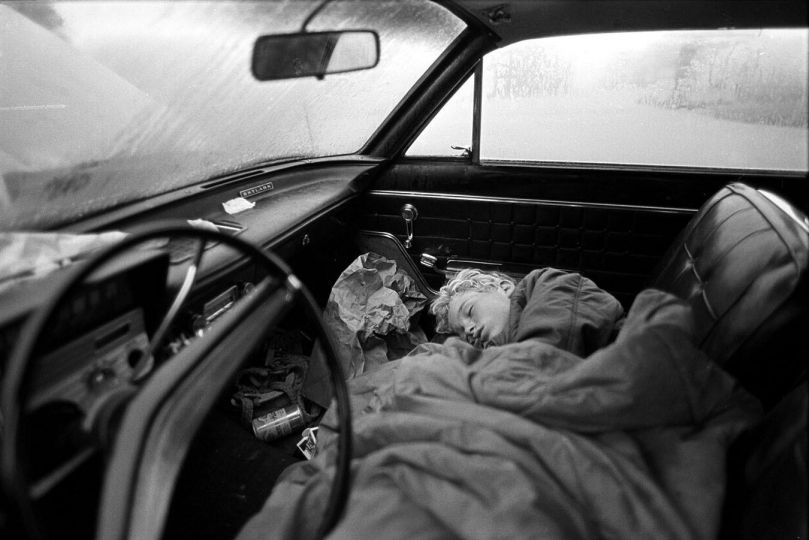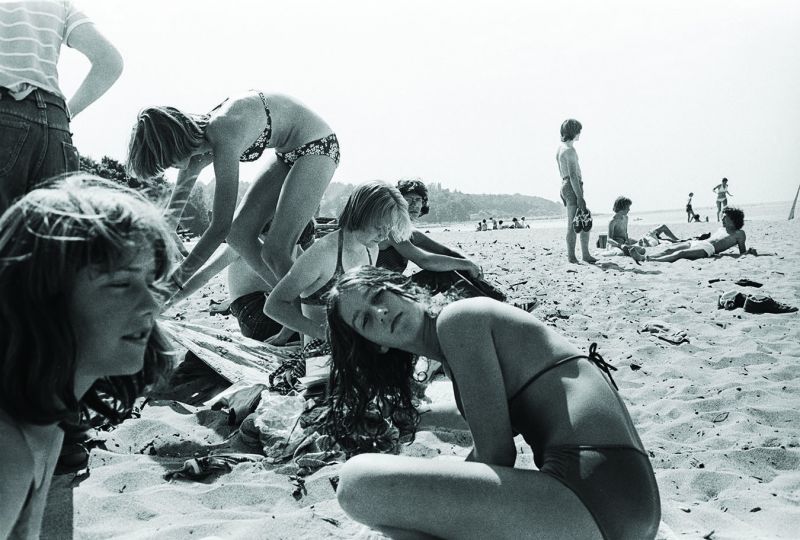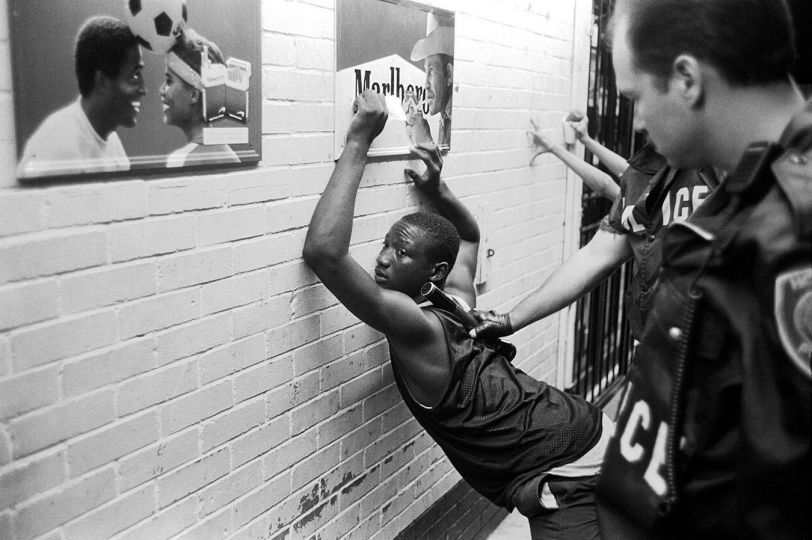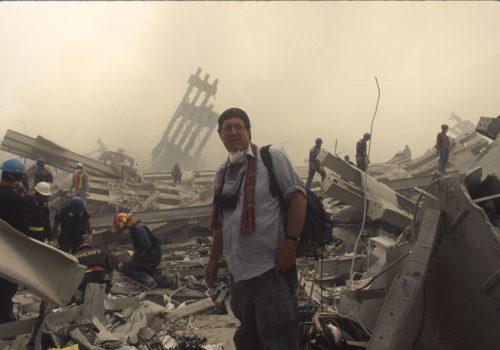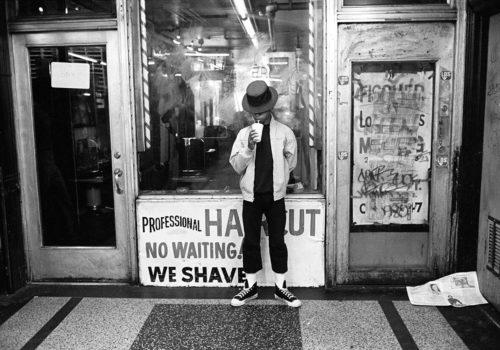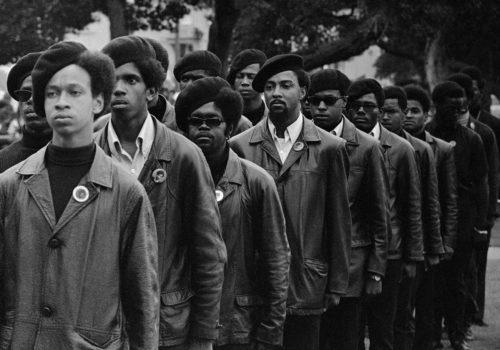Last winter, New York MoMA embarked on the publication of its photography collection acquired since its founding in 1929. Three large volumes explore the history of photography from its invention to our contemporary times, and back in time. After the first book Photography at MoMA: 1960 to Now, here comes the second, presenting photographs taken between 1920 and 1960, at the peak of the modernist era.
Like its predecessor, this book does not contain all the photographs held in the MoMA archives for this new period, but it proposes an illustrative mosaic of the collection’s treasures. Page after page, famous photographs are set alongside lesser known images, which is indicative of the democratic acquisitions policy of the museum. There are images by Ansel Adams, Edward Steichen, Germaine Krull, Man Ray, Lisette Modell, Bill Brandt and by Lucien Aigner, Sherril Schell, Franz Roh, Gjon Mili, or Shomei Tomatsu. Among them: the presence of photographs from publications such as the New York Daily News, which proves that there are no small newspapers, agencies like the Associated Press or even clichés belonging to the US Army unworthy of the museum.
It includes some striking images. On June 6, 1944, the US coast guard Robert F. Sargent, at the controls of one of the barges of the Normandy landings, photographs from his post GIs flowing into the “jaws of death” (Into the Jaws of Death). In 1929, Man Ray photographs the blurred neck of a man (Anatomies, 1929). Harold E. Edgerton seized the death of a bulb broken with a hammer (Smash !, 1933). Robert Rauschenberg immortalizes Cy Twombly in a beautiful, dark and intriguing portrait (Cy Twombly, 1951). André Kertész Mondrian’s Glasses and Pipe (1926). Ernie Sisto the gaping hole caused by a plane crash in the Empire State Building in New York (Where Bomber Crashed Into Empire State, 1945).
The book is composed of eight thematic chapters, including: American Modernism, Surrealism and the Everyday, Subjective Experiments or America and the Documentary Style. In the introduction, Quentin Bajac, chief curator of the museum’s photography department writes, not without a sense of the story: “To delve into the archives of the Department of Photography at The Museum of Modern Art inevitably brings to mind this line by L.P. Hartley. ‘The past is a foreign country: they do things differently there.’ In the past the habits, laws, customs, and manners are not those of today; thus it is a place where one may write to Marcel Duchamp to see if he knows “Man Ray’s real name” (which Marcel Duchamp did not appear to know, quite reasonably suggesting that the petitioner ask him directly); where a young Robert Frank introduced himself in a 1950 letter to the director of the department as someone “making a living as a fashion photographer”, far from the image we have of him today; where Beaumont Newell, the department’s first curator, and Ansel Adams, came up with the idea , which does not seems very strange, of reprinting an image by László Moholy-Nagy for an exhibition, feeling as they did that the original proof in their possession was too blurred (after trying it, they changed their minds, having decided that the print no longer resembled a Moholy-Nagy work at all); where under the catchy exhibition title American Photographs at $10, the department, like a commercial gallery, printed and sold images by Adams, Berenice Abbott, Walker Evans, Helen Levitt, Moholy-Nagy, Arnold Newman, Charles Sheeler, Brett Weston, and Edward Weston (the exhibition, which opened three days before the attack on Pearl Arbor, did not see much success). It was a time, finally, when, according to legend, a young Evans hung his solo exhibition himself, in 1938, in a single night, armed with a bottle of whiskey and a screwdriver, in the company of two friends who were members of the Museum but without the curator in charge. Another era with other customs and other comportments!”
The time, counted down, then sent back to its future, is an important element for all three books. It is not the time of nostalgia but the one appreciated by curious eyes. An eye that can be knowing or novice, and therein lies the attraction of this collection. With its encyclopedic form, it allows navigation between periods, themes, and discovery or rediscovery of the evolution of photography. The last volume, planned for next year and that will go back to the beginnings of the medium, will probably contain great discoveries, as the period of the 19th century is generally lesser known.
Jonas Cuénin
Photography At MoMA: 1920 To 1960
Edited by Quentin Bajac, Lucy Gallun, Roxana Marcoci, and Sarah Hermanson Meister
368 pages
$75

